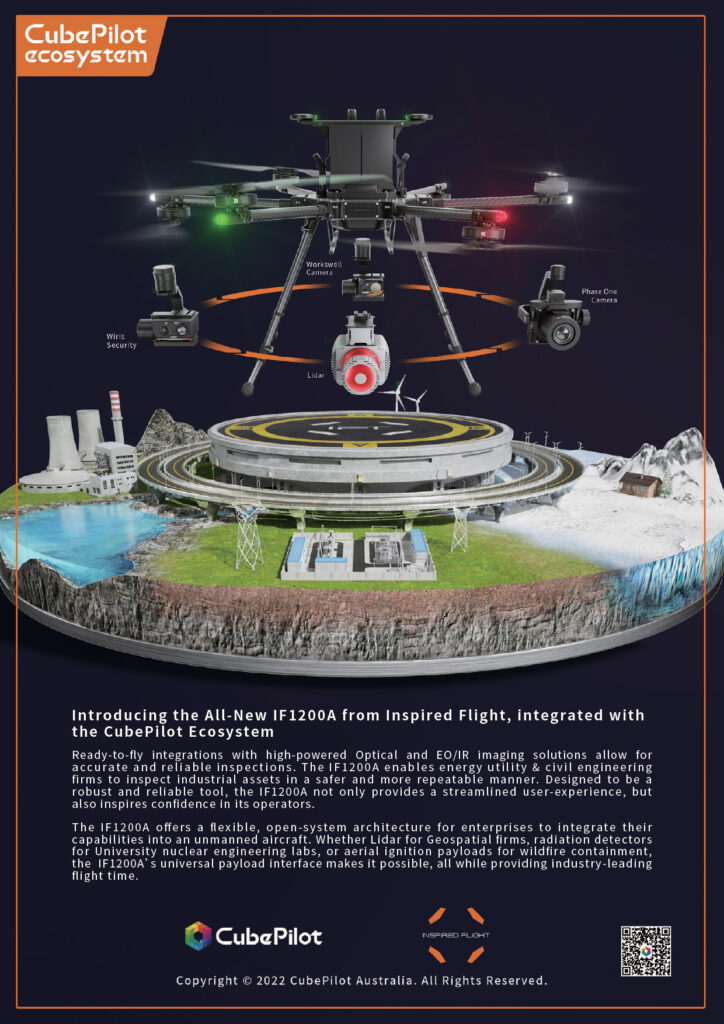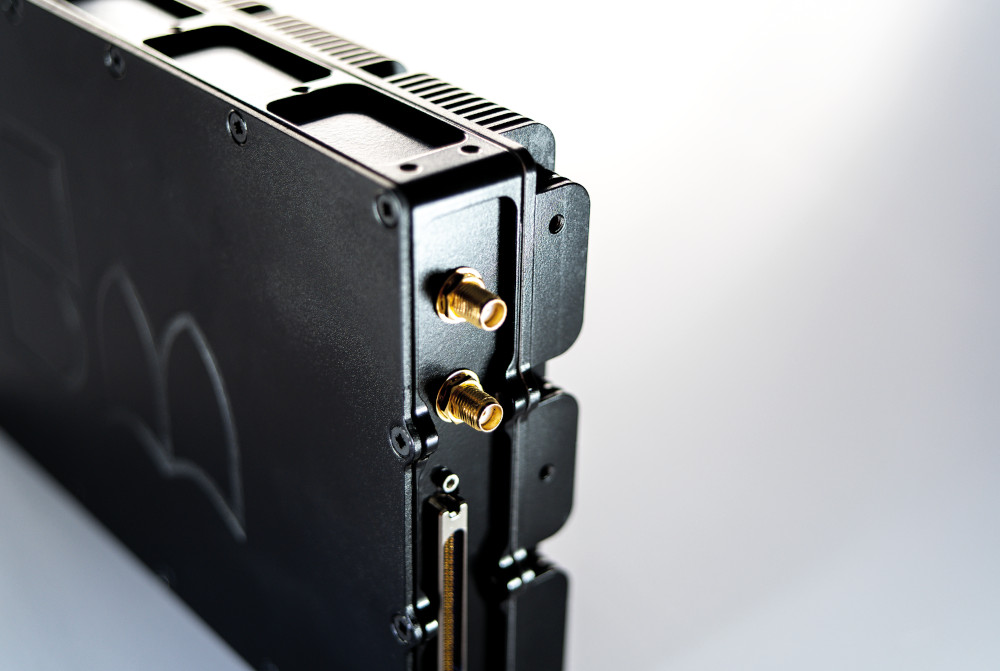Maritime rescue system
Smith Myers has developed a mobile phone detection, location and comms system with maritime connectivity (writes Nick Flaherty).
Its Artemis system can detect and locate mobile phones, for example for search & rescue missions. This has been combined with dual-band maritime AIS identifiers and personal rescue beacons in its latest Artemis T-U system, which weighs 1.4 kg, for medium to large uncrewed airborne systems.
A single I/O simplifies integration with a UAV, and a zero-airflow design offers integrators maximum flexibility in placement, requiring two small antennas to generate a latitude/longitude fix at ranges in excess of 30 km.
The system also provides texting and calls in no-service areas, and links automatically to EO/IR cameras to help operators identify people in trouble at sea.
“Incorporating all these capabilities into a single unit gives the ability to directly detect and locate Emergency Position Indicating Radio Beacons and Personal Locator Beacons ([OSPAS SARSAT],while performing the same actions with mobile phones will be invaluable for search & rescue or disaster relief missions,” said Nathan Herbert, senior development and integration engineer at Smith Myers.
“The fusion of cellular and AIS sensor data in a single user interface/analysis tool also opens the path to more effective and efficient maritime patrol operations while reducing operator workload.”
A simulator for the Artemis system allows different real-world scenarios to be created through a simple interface. This includes simulated mobile phones that are in or out of coverage, and simulated 2G, 3G, 4G and 5G networks, all of which behave as they would in the real world.
The items created can then be dragged onto a worldwide map. When combined with the Artemis software, the mobile phones can be located as they would in a real mission.
“At Smith Myers we use the simulator to test and refine our own software, as it gives the opportunity to repeatedly ‘fly’ missions with very realistic results,” said senior software engineer Simon Alford.

UPCOMING EVENTS
























